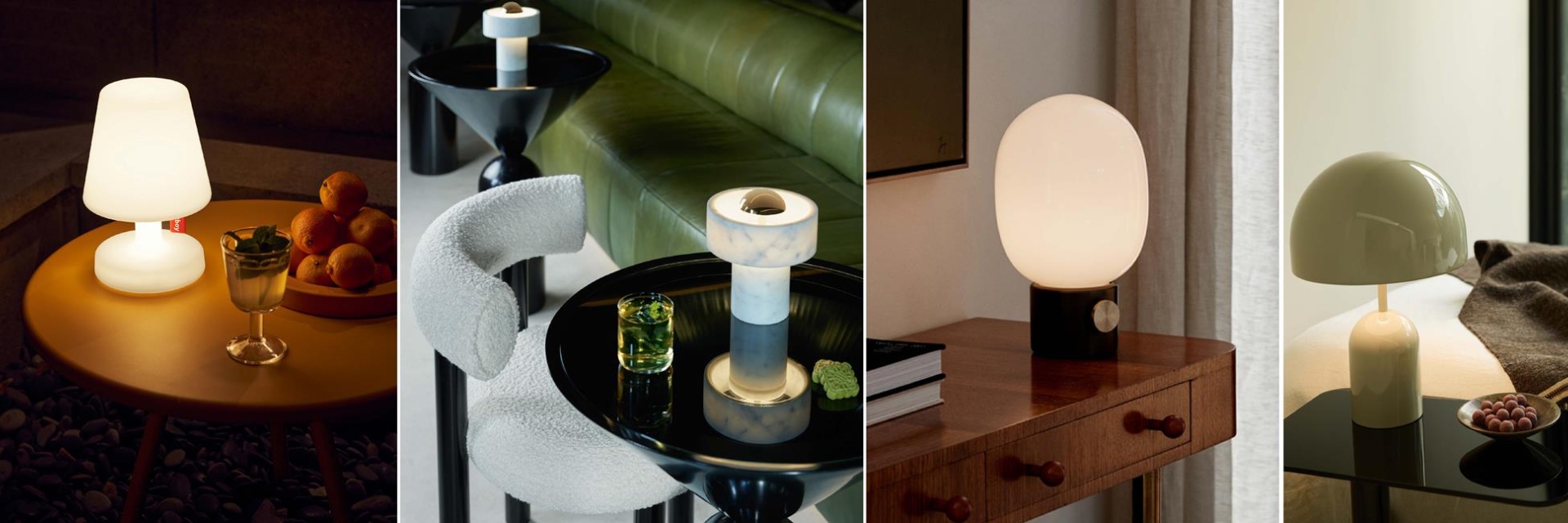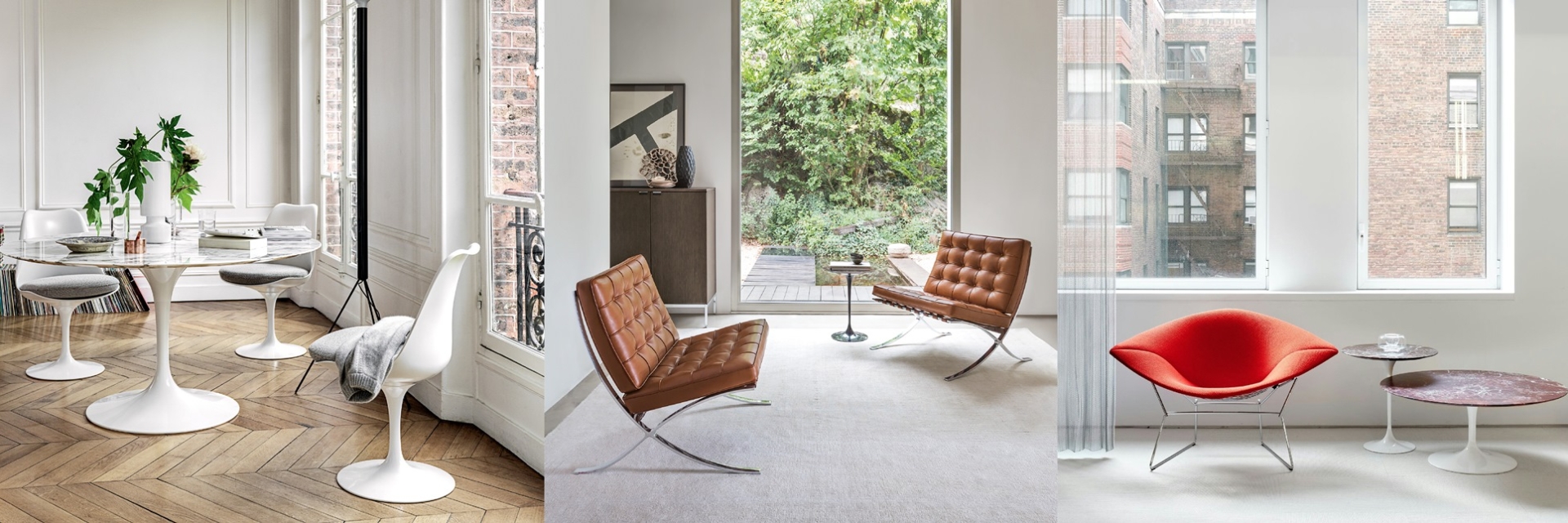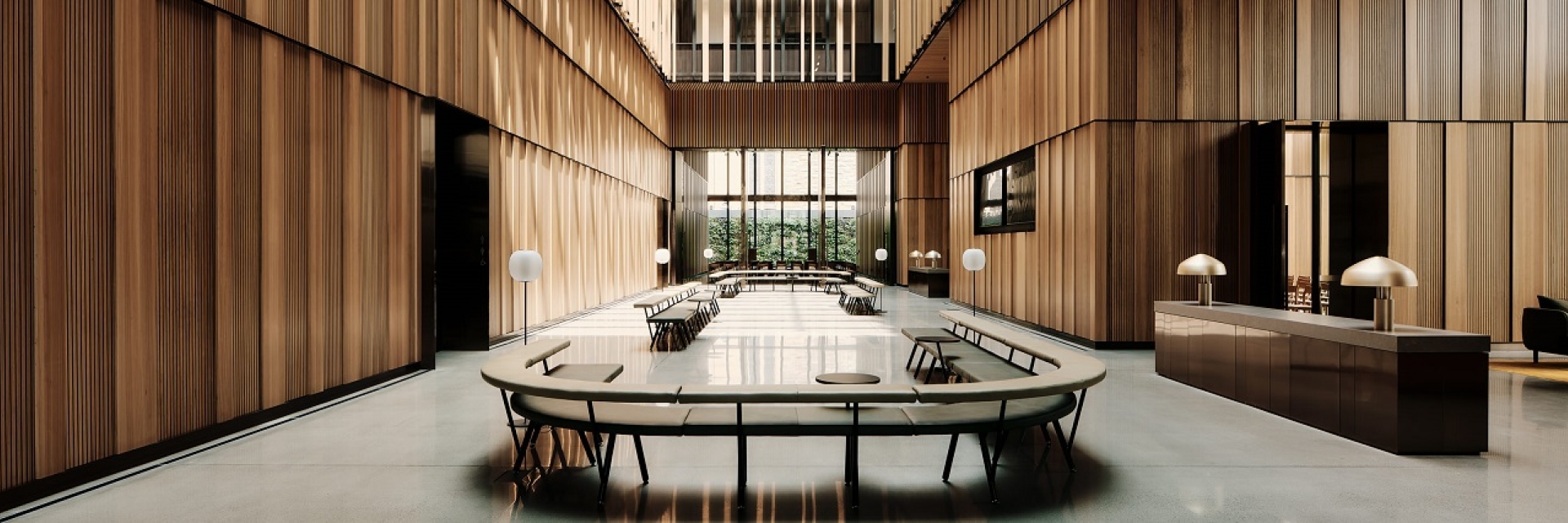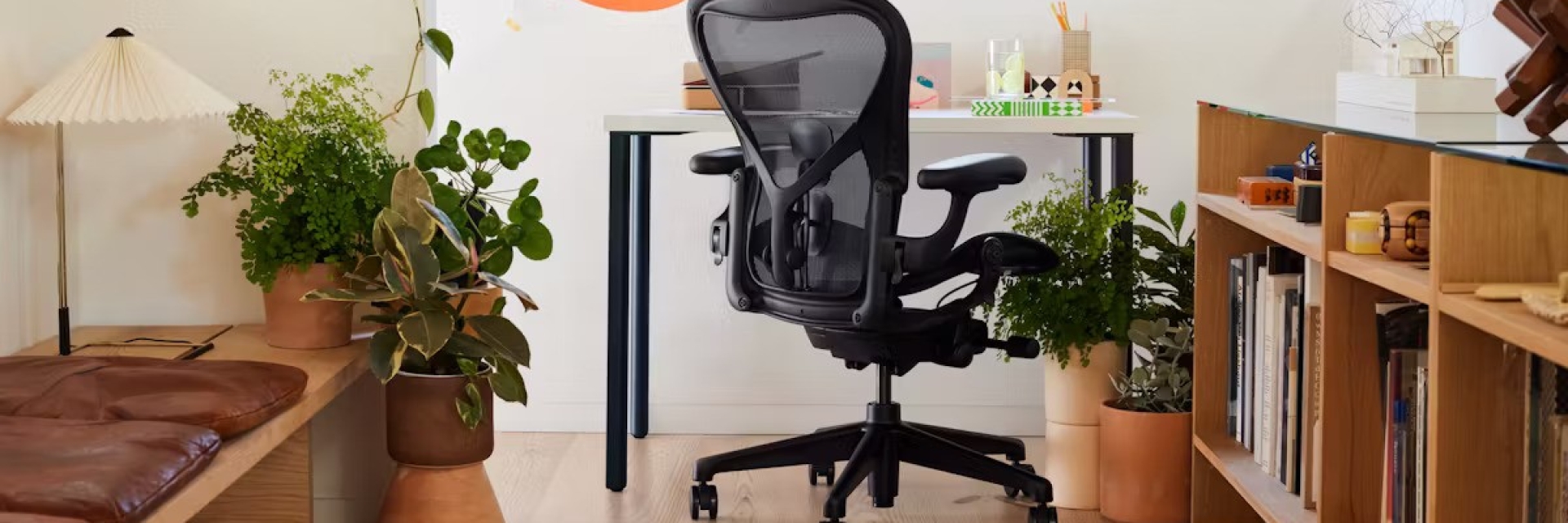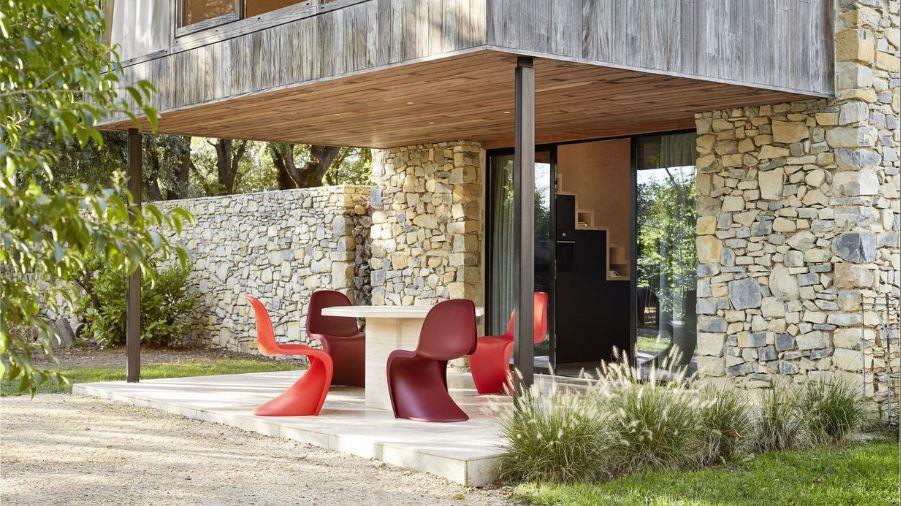
INDIVIDUAL AUTHORSHIP AT VITRA
When Vitra works with designers, it is a partnership between them and Vitra embarking on the common quest for an optimal solution. The designer’s personal imprint is reflected in every one of their products. They are the independent ‘authors’ of the final piece.
This philosophy has shaped the company’s culture since its early collaborations with seminal designers like Charles & Ray Eames, George Nelson, and Verner Panton.
THE PRODUCTS – A BRIEF HISTORY
When just one person believes in you…
Manufacturers did not want to pursue this daring concept by designer Verner Panton until Rolf Fehlbaum, son of Vitra founder Willi Fehlbaum, visited Panton in the 50s.
In the 1960s the Panton chair is launched on the market as the first plastic cantilever chair moulded in a single piece. The design by Verner Panton is also the first chair to be developed independently by Vitra. This marked the start of a collaboration between Vitra and Verner Panton of one of the most iconic chair designs of the 20th century. The development pushed all the boundaries of plastics technology at the time with several years of research, testing, discarding, and continuous prototype development.
The Panton Chair continued to be improved over the years as plastic technology advanced, and then in the 1990s Vitra and Panton produced a new version made with injection moulded polypropylene, thirty years after the initial market launch, with one of Panton’s key goals finally reached: the chair as an affordable industrial product. Verner Panton died shortly before the chair was presented in 1999.
In the eighties and nineties new thinking around office design led to new relationships and exciting new products collaborating with designers such as Antonio Citterio, Jasper Morrison, Maarten Van Severen, Alberto Meda, Hella Jongerius, and the Bouroulllec brothers Ronan & Erwan.
In 2004, the Vitra Home Collection is launched and includes classic pieces, re-editions and new contemporary designs. The Home Collection is showcased at the Vitra Campus in Vitrahaus designed by Swiss architects Herzog & De Meuron in 2010.
Vitra are convinced that our surroundings shape our thoughts and feelings, whether at home, at work and when we are on the go. Through the power of design, Vitra strives to improve our surroundings.
THE COMPANY
A family-run company founded by Willi & Erika Fehlbaum, Vitra began in 1934. In 1977, management responsibilities were handed to their sons, Rolf & Raymond Fehlbaum. Today, in its third generation, Nora Fehlbaum is at the helm.
Vitra believes in lasting relationships with customers, employees and designers. It stands for durable products, sustainable growth and the power of good design. Vitra embraces a holistic approach and pursues a cultural and ecological mission alongside its commercial interests.
VITRA CAMPUS
The Vitra Campus, in Weil am Rhein, Germany, is its main central production hub.
A major fire in 1981 gave way to a new architectural orientation of the company, which in a few years saw new buildings erected and designed by renowned architects of the time—from all over the world—and in 1984, the Balancing Tools sculpture by Claes Oldenburg and Coosje Van Bruggen.
As well as five major factory buildings, it is home to the Vitra Design Museum designed by Frank Gehry, which opened in 1989, and is now one of the leading design museums worldwide, followed by the Vitra Design Museum Gallery, also by Gehry, in 2003.
In 1993 The Conference Pavilion was built. Designed by Japanese architect Tadao Ando, his first building completed outside of Japan. Also in 1993, The Firestation, designed by Zaha Hadid, is inaugurated. It is her very first built project.
Today, the Vitra Campus is a place dedicated to design and architecture, exhibitions, social gatherings, and point of sale and product advice.
Later in 1994, Frank Gehry designed Vitra’s new Headquarters in Birsfelden, near Basel in Switzerland.
In 2010, The Vitrahaus opens on Campus designed by Swiss architects Herzog & De Meuron, the flagship store for the Vitra Home Collection. Other key objects of its collection are housed in The Schaudepot also designed by Herzog & De Meuron and completed in 2016.
In 2020 it is not another building but a 4000 m2 garden created by Dutch designer Piet Oudolf and aptly named The Oudolf Garten. Oudolf, instead of using conventional practices which are too decorative, labour-intensive, and resource-consuming, turned to perennial, self-regenerating plants, shrubs, grasses, bushes and wildflowers.
SUSTAINABILITY
Sustainable product development is complex: it requires research, evaluation, and experimentation. Everything needs to be taken into consideration, from materials, production methods, packaging, transport, recycling, and waste. The best solutions to achieve good design through innovative manufacturing techniques cannot be rushed and therefore the development processes may take longer.
“The most important contribution Vitra can make to sustainability is the design and manufacture of products with a long lifespan.”
Products that are not influenced by fleeting trends and that are manufactured to excellent standards of quality have a reduced impact on the environment.
The most utilised material at Vitra is plastic. These materials are employed sensibly and purposefully and are increasingly being replaced with recycled plastics. Vitra also uses leather scraps from production into new products, and sources leather tanned with the extract from olive tree leaves and textiles made of recycled yarn.
Vitra sees waste primarily as recyclable raw materials. Vitra’s goal is to produce as little waste as possible and use it instead for other products.
To ensure compliance with official certification programs, 96% of all materials used in manufacturing are sourced in Europe, with 46% from Germany alone.
Since 2022, more than 80% of the electricity consumed by Vitra comes from renewable energy sources.
As strong advocates of using land ecologically and responsibly, Vitra’s green spaces, which make up more than 35% of the Campus, are irrigated using water from Vitra’s own well. Flowering trees like cheery and maple along, with wildflowers, are planted to enhance biodiversity. There are also beehives.
All Vitra designs are legally protected. Vitra and the Vitra Design Museum have been authorised by the authors or their legal successors to exclusively manufacture, develop and distribute the products corresponding to these designs.

